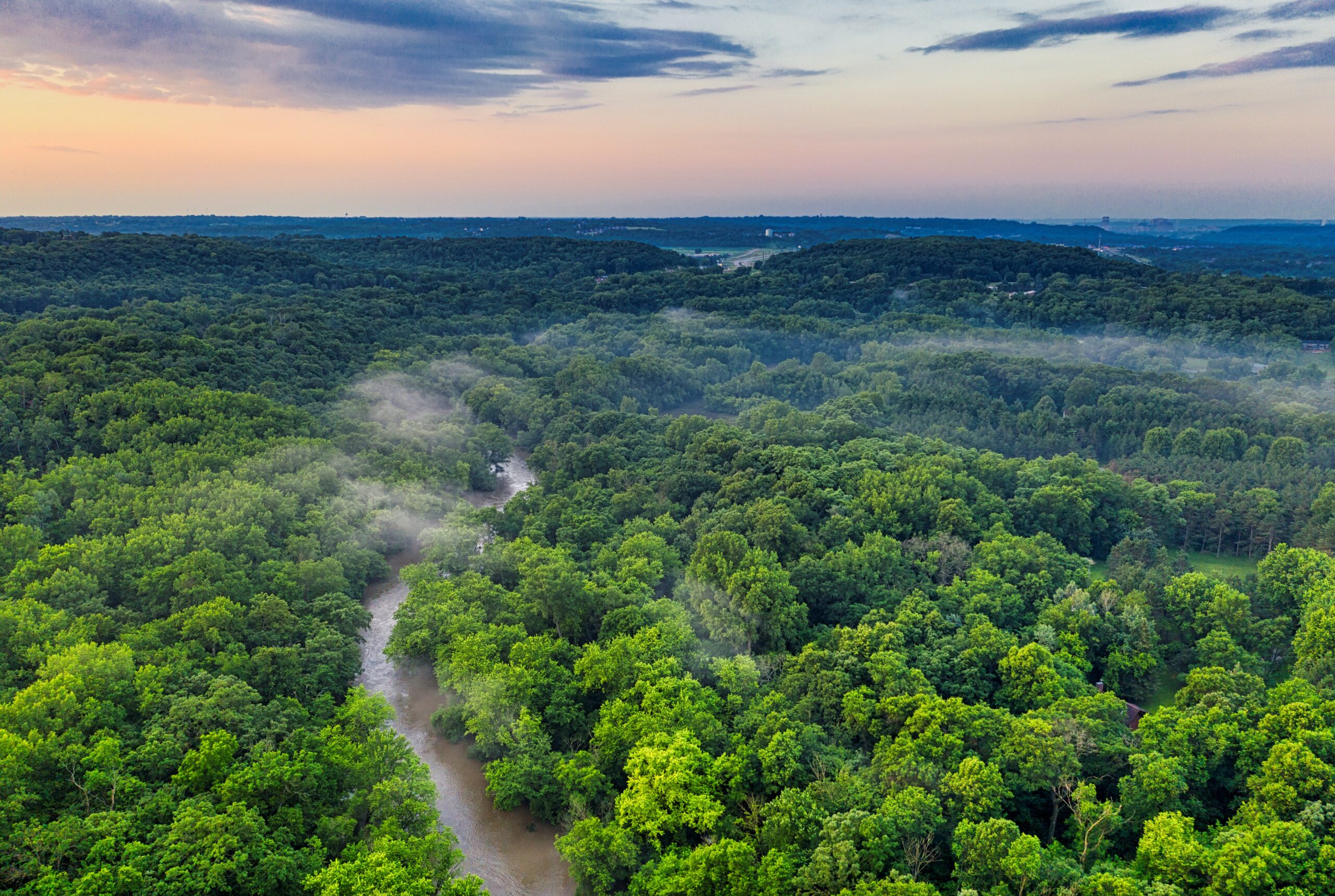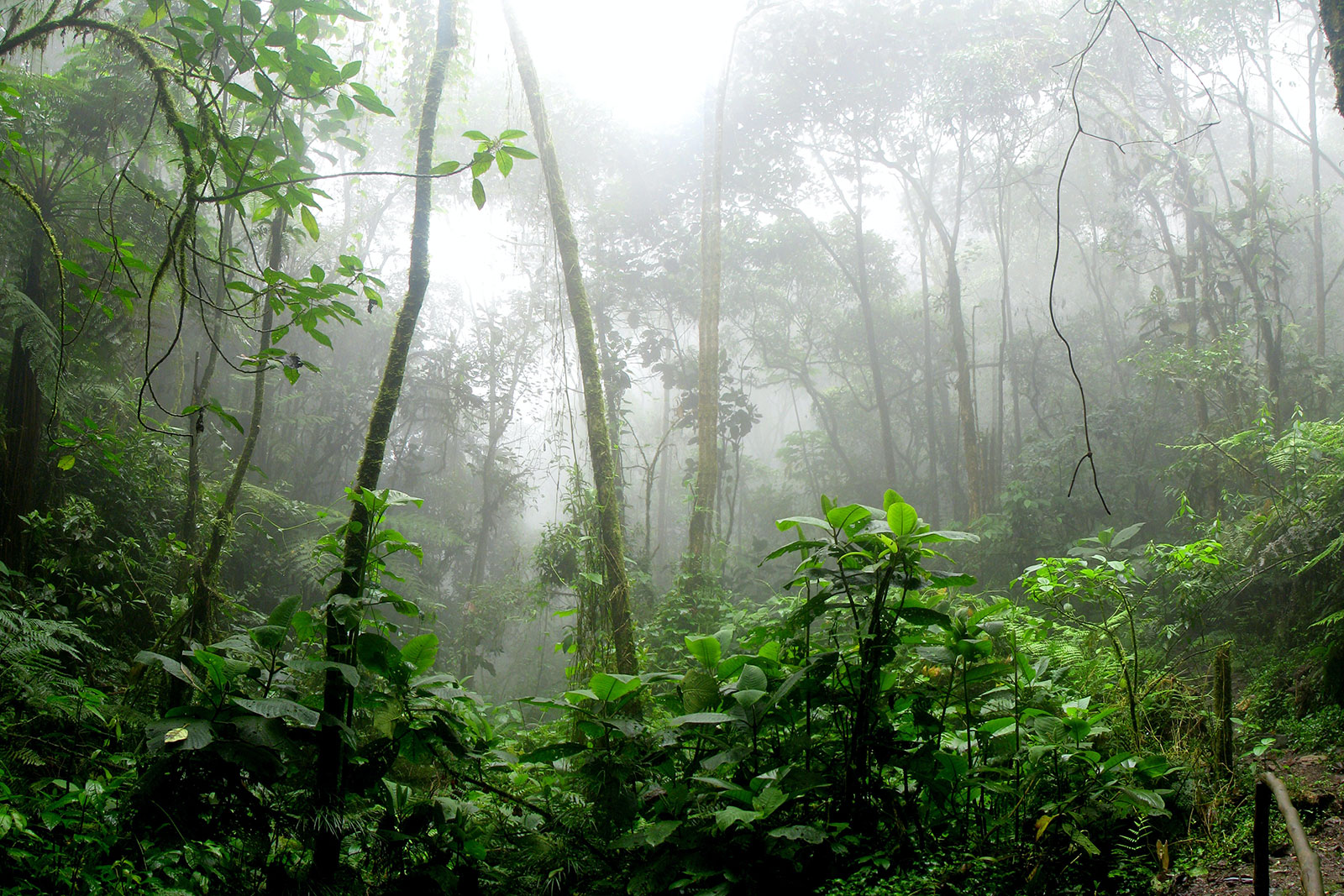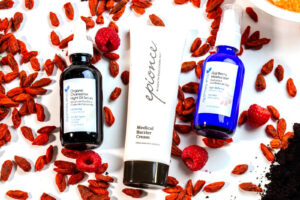And so it begins: your pulse quickens, sweat beads from every pore, your face starts to swell and your body is rocked by waves of nausea. But then? Clarity. Peace. You feel powerful. A pervasive sense of healing washes over you, from the top of your head to the tips of your fingers and toes.
Such are some documented effects following a “kambo” ritual—a spirit-cleansing healing practice originating from the South American Kachinaua, Kurina and Kanamari Indigenous tribes. Kambo is a skin secretion from a specific tropical frog—the Phyllomedusa bicolor, or giant leaf frog, traditionally used by Indigenous peoples to treat illness, build stamina and sharpen senses.
Present day, testimonials following kambo rituals reveal a myriad of mental, physical, emotional and even spiritual benefits. Participants claim partaking in the ritual has helped them purge things like internalized anger, lingering grief, migraines and post-traumatic stress disorder. Kambo has even helped regulate hormones and erratic menstrual cycles, and eradicated chronic pain, autoimmune diseases and dementia.
If you do not belong to one of the tribes who have been using kambo for spiritual and medicinal benefits for centuries, a kambo ritual is not for the faint of heart. When not properly administered, it can even be dangerous, though reports of adverse outcomes reference instances that may have involved the wrong frog’s secretion, hyperhydration (drinking too much water) or preexisting heart conditions, according to a January 2021 article in the New York Times.
Practitioners trained in the art of administering kambo place the giant leaf frog in a simulation of distress, such as bringing it close to a burning fire, and then collect the substance secreted from the frog’s skin. The practitioner will then rub the secretion onto a small wound they’ve created on the “patient”—like a scrape on the arm or foot. A “purge” begins almost immediately with reactions like sweating, vomiting, diarrhea and the like.
Kambo takes approximately 40 minutes to travel through the body, according to Wolf Purnananda, a master practitioner of kambo. Purnananda notes that even proponents of kambo are quick to label the substance as a poison or venom, but this is inaccurate. “A poison or venom actually decreases the biological value of the system, [but] kambo doesn’t do that,” Purnananda says. He says that kambo actually revitalizes the cell, and appears to “retrain” individual cells that have not been functioning properly. “Kambo’s coming in and it’s revitalizing the cells that may not be producing at the level they could be. [They] either weren’t doing their purpose or their job.”
The indisputable mental and physical benefits that typically follow a kambo ritual have led to a recent surge in popularity from those who are holistically inclined. However, kambo has also piqued the interest of the medical research world, and the substance is now being studied as a potential cancer treatment, along with other illnesses. Its medicinal potential has even led some to refer to kambo as a sort of “rainforest vaccine.”
In a January 2021 New York Times article, the psychiatrist and neuroscientist Dr. David Rabin is quoted as saying that kambo forces the body into a fever, as a “febrile state when we’re sick […] helps us to fight off infection.” A 2018 article in the journal Clinical Pharmacology notes that although the kambo ritual produces these unpleasant side effects, “they are considered mandatory, because these symptoms are indicating for the user the cleansing of the body from either bad influences or toxins.”
Kambo has also piqued the interest of the medical research world, and the substance is now being studied as a potential cancer treatment.
Kambo was first studied in a laboratory setting in the 1980s, following research on local Indigenous tribes in the 1930s. Italian chemist and pharmacologist Vittorio Erspamer first identified the specific frog that secretes a substance rich in biologically active peptides with antimicrobial, hormonal and neurologic effects.

According to a 2018 study in the scientific journal Nutrients, bioactive peptides are derived from proteins that “exert a beneficial effect on body functions and/or positively impact human health, beyond its known nutritional value.” Bioactive peptides can regulate bodily functions, including antihypertensive, antimicrobial, antithrombotic, immunomodulatory, opioid, antioxidant and mineral binding functions, according to the Nutrients study.
But how do they work? “Your body welcomes [them] very rapidly,” says Purnananda. “There’s nothing foreign in the kambo […] The kambo comes into the cells and basically pulls out all the bad bacteria, all the PTSD, all the trapped emotions, [and] pulls it out, puts good bacteria back in and refills the cell.” This is why kambo is lauded as having such potent effects. The cell revitalization can target things like trapped emotions, but also symptoms of cancer and its treatment—from persistent nausea to wound healing—as well as the very cancer itself.
A March 2012 article in the journal PLOS Biology discusses the results of a study finding that some of the peptides in kambo exhibit antitumor and angiostatic activities. In this instance, angiogenesis is the growth of blood vessels necessary for the growth of cancerous tumors. One of the peptides in kambo was identified as dermaseptin-B2 (DRS-B2), which was found to inhibit the proliferation of some “human tumor cell types.” DRS-B2 interacts with tumor cells, not by apoptosis but by necrosis—apoptosis, or programmed cell death, is induced by things like chemotherapy, whereas necrosis is accidental cell death due to things like infection and injury. Even more positively, this “killing” activity does not affect normal, healthy cells.
The study’s authors found that some of the antimicrobial peptides within kambo exhibit “a broad spectrum of cytotoxic activity against cancer cells,” and therefore consider these peptides “an interesting and promising pharmacological and therapeutic leader molecule for the treatment of cancer.”
Clinical studies and reports about the healthful properties of the kambo secretion may provide validity for skeptics or those who underestimate the connection between the emotional state and the physical body, but Purnananda says the most stunning effects of kambo result from those paying proper respect to its ancient origins. Purnananda administers kambo in a calm, meditative environment, asking his patients to set intentions for the experience and making sure they are comfortable before, during and after their purge. “When you wake up, you won’t feel the same as when you laid down,” Purnananda says, so he allows the patient to come out of the purge on their own time. A group conversation follows for each participant to share their experience, featuring effects that are difficult to emulate in a clinical setting.
“Feedback is always different,” Purnananda says. “People feel hope again—energetically, emotionally, mentally. Physically, pains they’ve had for years are gone. Depression, anxiety they are experiencing [is] no longer there.” In the cancer community, we often hear stories about people finding alternative medicines or treatments when Western medicine has failed them. Purnananda echoes this: “A lot of times, people will go to kambo when they’ve tried everything else. [It’s] really beautiful to witness on that level.”
After a year like 2020, it’s no wonder kambo is becoming more well-known across the world. “We’re going through the biggest shift in human consciousness on this planet,” Purnananda begins. “As we go through this biological shift, I really feel that kambo has come out to be like, ‘Hey, I’m ready. I’m ready to impact the world,’ and I feel so much reverence to be chosen by that medicine to serve it.”
Wolf Purnananda is an expert in naturopathic, holistic and shamanic healing. Find out more about him and his services, including kambo administration, at spirit-fi.com.






